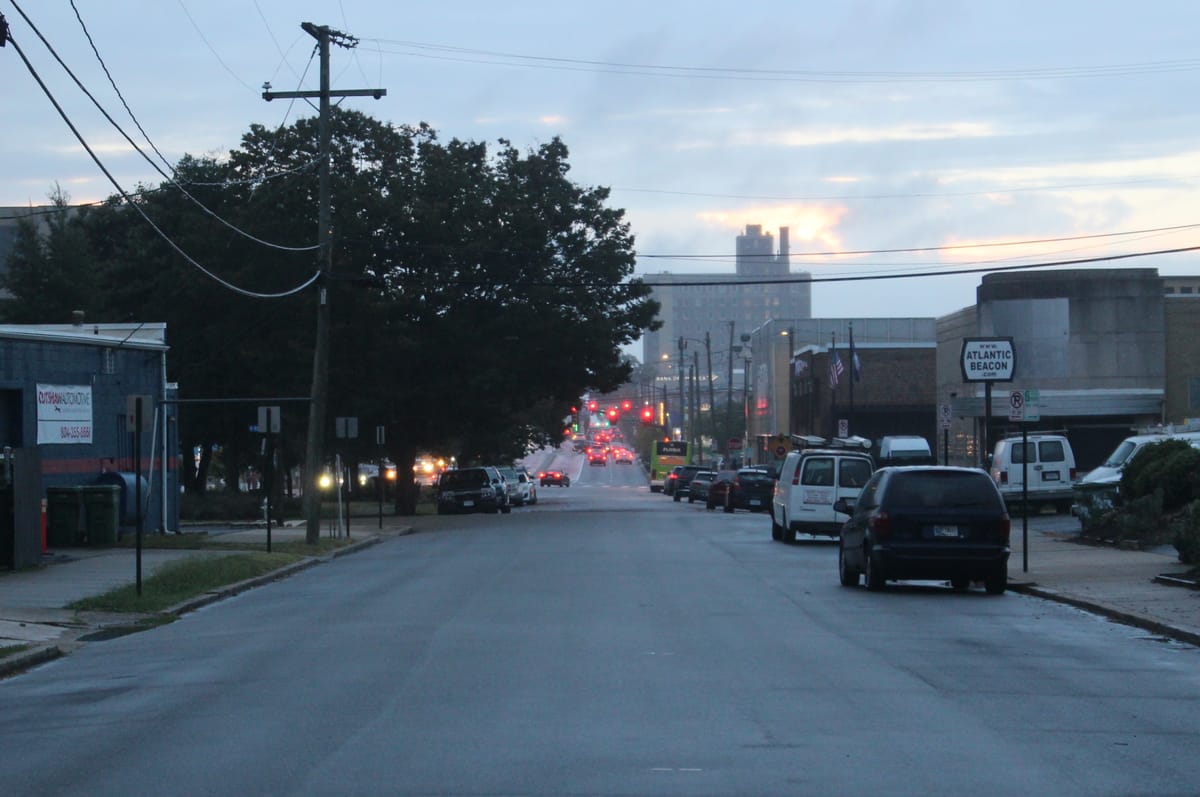
Council committee advances proposal for four-way stop signs on Cutshaw Avenue
A City Council committee is pushing forward a proposal to add four-way stop signs along Cutshaw Avenue just south of Broad Street in the Museum District, despite objections from the Department of Public Works, which does not believe the signs are the best way to deal with traffic concerns in the area.
“This street is the only one in this corridor between Monument and Broad and between Arthur Ashe and the Powhite Parkway that does not have traffic calming along its route or any stops,” said 1st District Councilor Andreas Addison during a meeting of the Land Use, Housing and Transportation Committee Tuesday. “This is meant to be a way to prioritize pedestrian safety at intersections.”
If adopted by Council, four-way stop signs would be added at the intersections of Cutshaw and Roseneath Road, Cutshaw and Tilden Street, Cutshaw and Cleveland Street and Cutshaw and North Belmont Avenue.
The corridor lies a stone’s throw from Richmond’s Pulse bus rapid transit line and is zoned for transit-oriented development. Parallel streets have four-way stops, either in the form of stop signs along West Grace Street or traffic lights along West Broad Street. Addison, who represents the area and put forward the proposal, has said drivers are using Cutshaw to avoid stopping and decrease their travel time.
The Department of Public Works, however, said evaluations of traffic along the corridor showed most people were driving under the 25 mph speed limit. And DPW Deputy Director M.S. Khara said four-way stop signs aren’t the best tool for slowing drivers.
“If the issue is traffic calming, we do not use stop signs for calming traffic. They are traffic control,” he told the committee.
Public Works, like nearly all other departments of its kind, uses the Manual on Uniform Traffic Control Devices for Streets and Highways as the guide to standards for traffic control. The latest version of those standards notes that yield and stop signs “shall not be used for speed control.”
Instead, Public Works recommended installing speed tables and raised crosswalks.
Addison replied that the change “is not meant to be traffic calming necessarily as it is meant to be traffic stopping.” And he argued that a nearby raised crosswalk at West Broad and Altamont Avenue is not having the desired effect of causing drivers to yield to pedestrians.
“I’m not saying what your data is showing or what your explanation is is wrong,” he said. “But I’m saying is, what I’m experiencing, I am not seeing the response from the speed tables calming traffic.”
All three committee members, who include Addison, 3rd District Councilor Ann-Frances Lambert and 6th District Councilor Ellen Robertson, voted to forward the proposal to City Council for final consideration.
Later in the meeting, Robertson floated the idea of conducting a larger assessment of whether the city should begin installing more traffic lights.
“It doesn’t seem like anything else has any merit for controlling drivers that are just in the business of going where they want to and getting where they want to without any respect for any other drivers or anybody else that are using our right of way,” she said.
“I don’t know if we have done such an analysis and whether or not that makes sense to do something of that nature, but we’re consistently voting against what the administration is recommending according to the standards,” she continued. “And at some point we're saturating the city with tools that are not achieving the outcomes that really are desired.”






